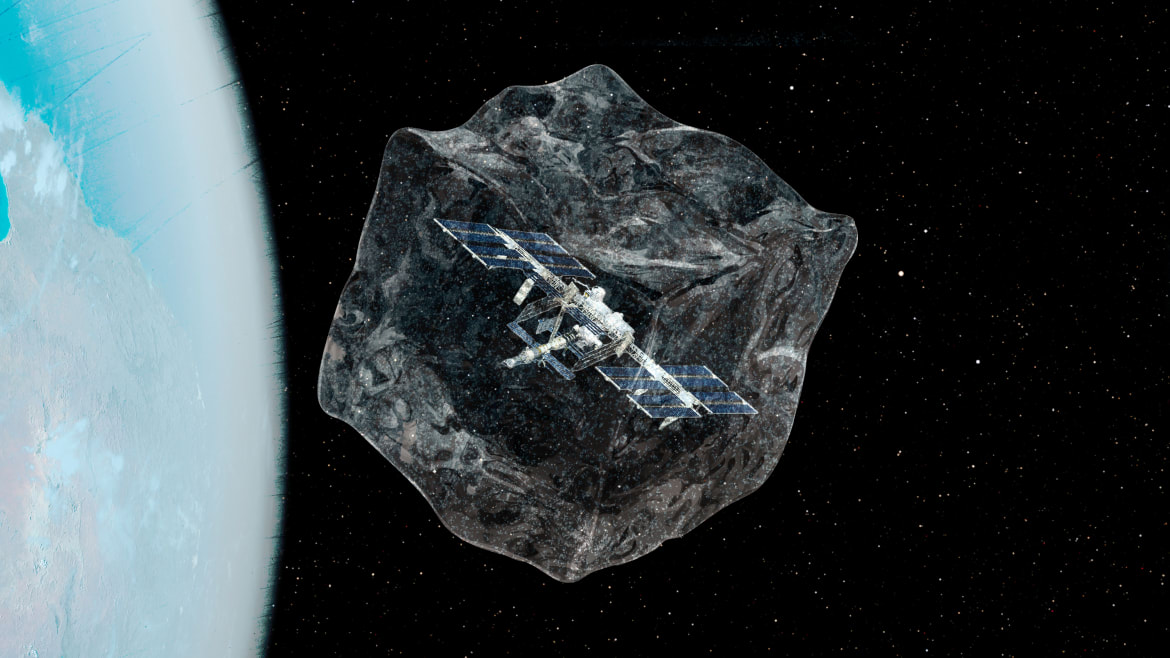Photo Illustration by Thomas Levinson/The Daily Beast/Getty
The first piece of the International Space Station ever launched into orbit didn’t come from NASA—it actually came from Russia. The 41.2 foot module—dubbed “Zarya,” the Russian word for sunrise—took off on a reportedly gloomy day from a launch facility in Kazakhstan on November 20, 1998. When it did, it was the culmination of nearly a decade of geopolitical wheeling and dealing that began with the end of the Cold War in 1989, and ended with a partnership between two former enemies that would last more than 30 years.
The U.S. was committed to working with Moscow on the ISS project, not only because it represented peace between two previously adversarial nations but also because it could help strengthen democracy in Russia. Delegations from both countries met several times over the course of years in hushed, shadowy meetings to hammer out the details. When the dust cleared, Russia would be the one to thrust the world into a new era of space travel.
So the Zarya launch wasn’t just the dawn of a new space age to study the cosmos. It was an olive branch—one that capped off decades of tensions, near nuclear conflict, and the complete reshuffling of world power as we knew it. If nations would never know peace on Earth, at least we could find it amongst the stars.
Got a tip? Send it to The Daily Beast here

